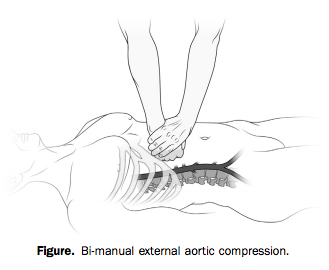Close to a year ago, we attempted something nutty: for one day, we sat down, put away our pet beliefs, stepped off our soapboxes, and explored the merits of the “other side.”
Why? Aren’t we right? Well, obviously. But less important than being right or wrong is remembering (at least occasionally) that we could be wrong. We are not infallible. Our opinions may be good, but there are others that are reasonable, rational, and defensible. It’s easy to repeat the same thing so many times that we start to believe the opposing perspective is a farcical one held only by fools and madmen. Yet controversial topics don’t remain controversial in the serious circles of medicine (or anywhere else) unless there are good arguments for both sides. You can pick your position, but that doesn’t make it the only one.
Last time we had so much fun that we decided to do it again. This time our entries include…
Michael Morse (Rescuing Providence) — asks… what if community paramedicine really is the future of EMS?
Rogue Medic — asks… what if flumazenil has a valuable role for the treatment of benzodiazepine overdose?
Dale Loberger (High Performance EMS) — asks… what if emergency response times don’t really matter all that much?
Amy Eisenhauer (The EMS Siren) — wonders… whether the role of social media in EMS is such a good thing after all.
Ginger Locke — asks… what if video laryngoscopy really is the best first-pass technique for routine endotracheal intubation?
Click around and read some of these great entries. Then applaud our authors for their humility, mental agility, and overall willingness to step back from their personal dogmas and consider the alternatives.
Next time you start to open your mouth, maybe it’ll help you remember that you could be wrong, too.





Recent Comments